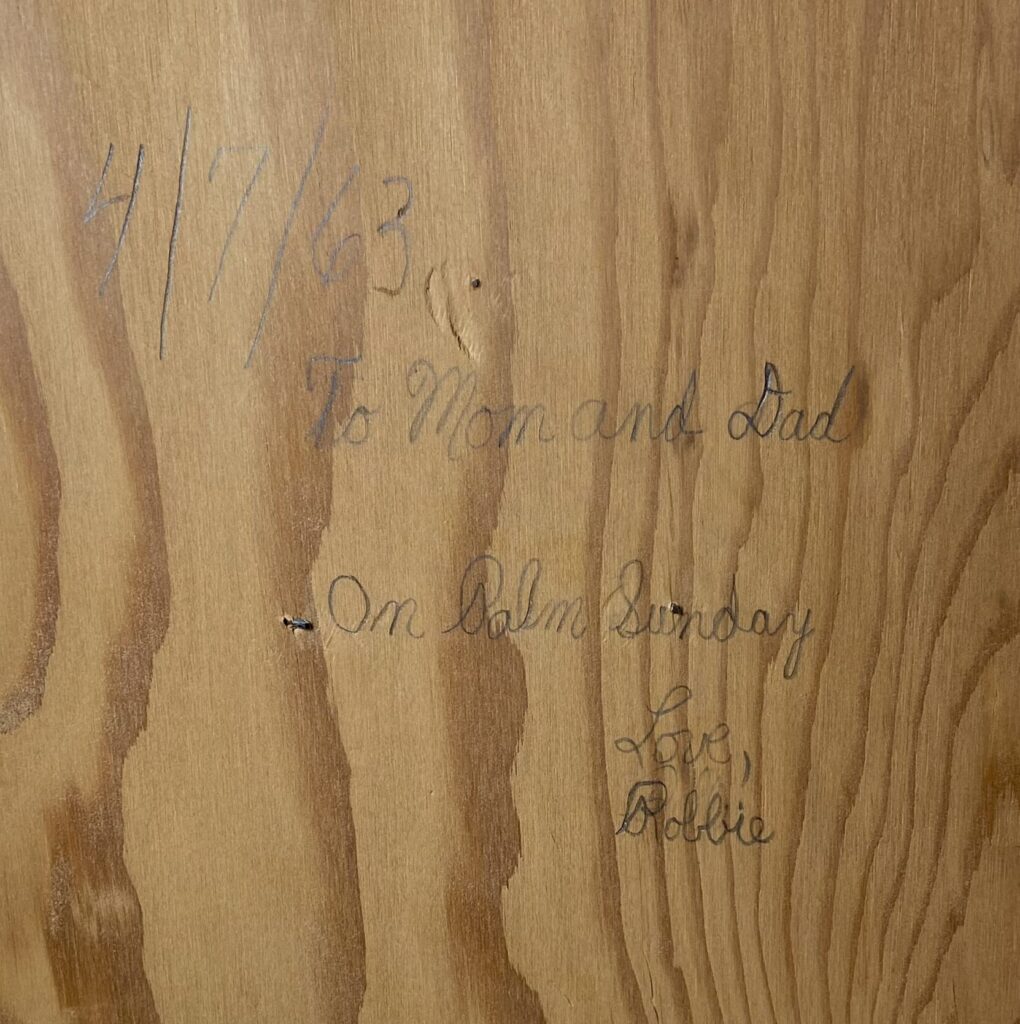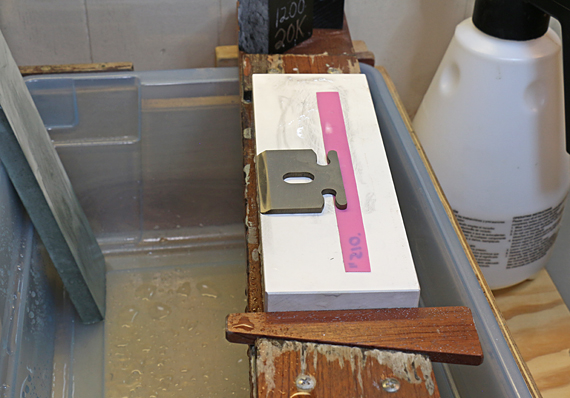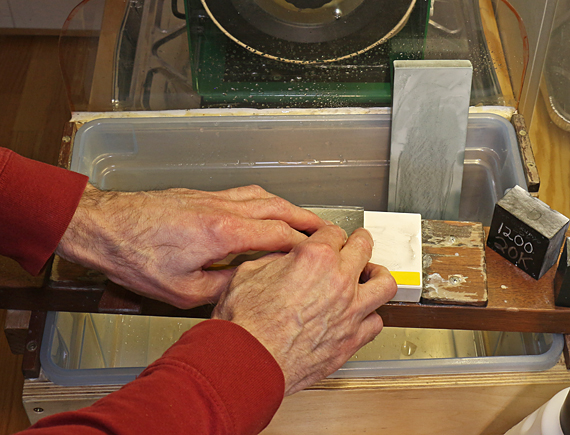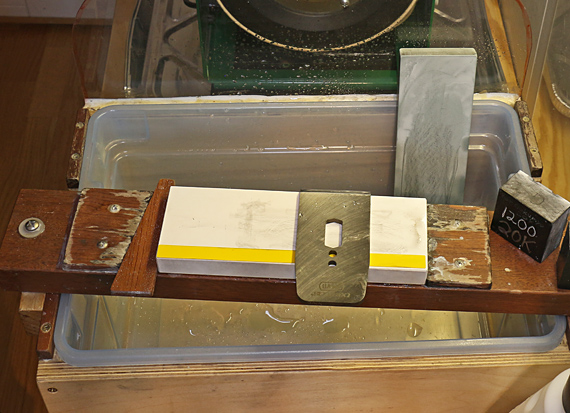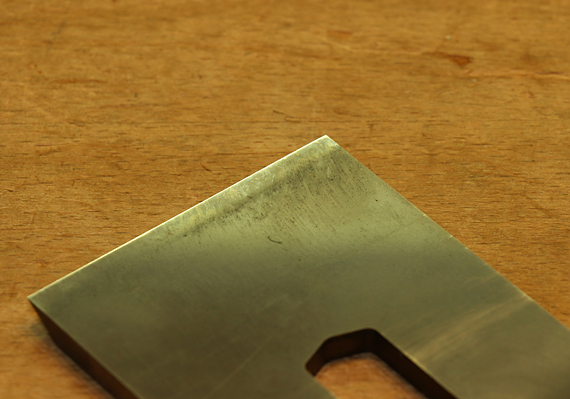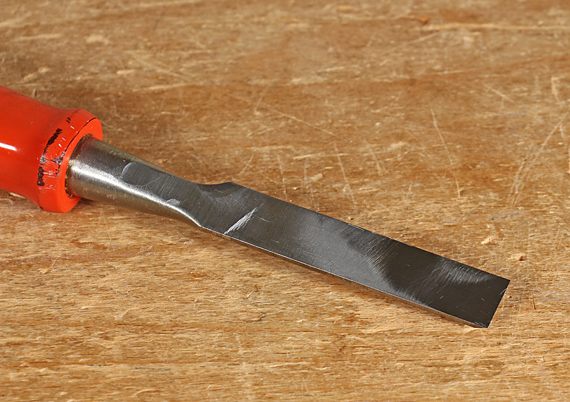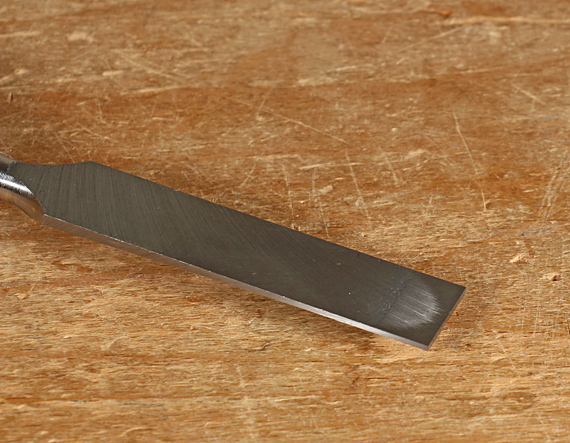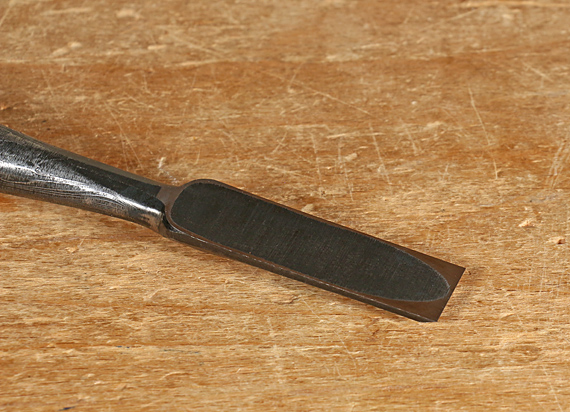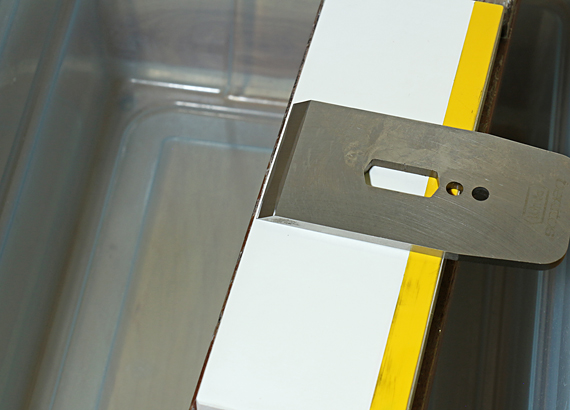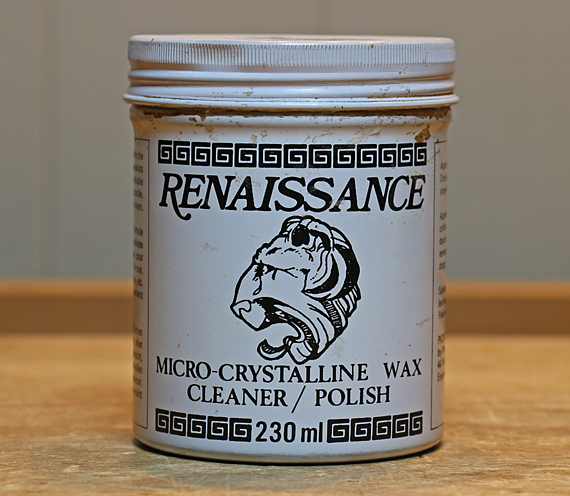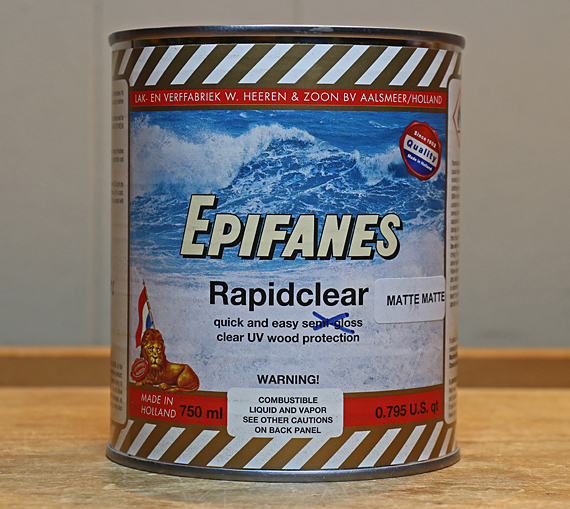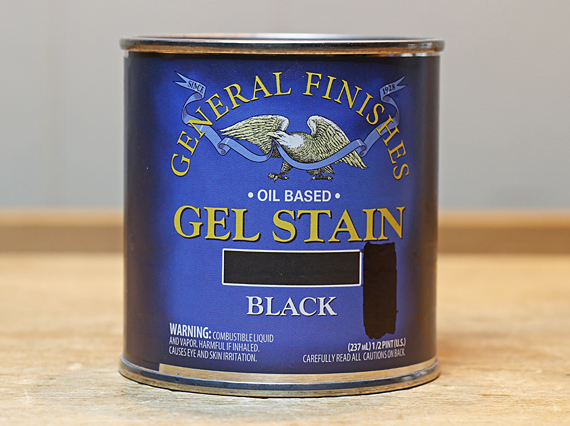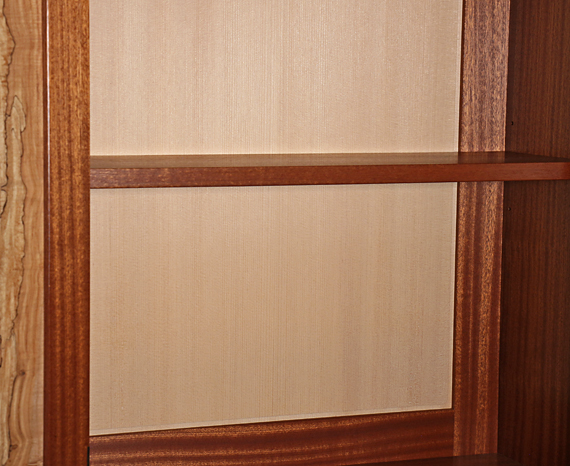
Dear readers, you might wonder why I started writing again last week but was gone for over two years. (This site started in 2008.)
Here is the story.
I was in excellent health – regular doctor visits, no medications, excellent diet, weight, and exercise. However, at the gym one day, I fully collapsed, immediately unconscious. I was rushed to the hospital and underwent brain surgery for a major hemorrhagic stroke in my left-side brain.
It was May, 2023. This was very bad.
For the next six months, with some hospital stay, shifting to home stay, and back to medical institutions, I worked on recovery. Unfortunately, things got worse by the end of 2023 and early 2024. The second major surgery, to put parts of my skull back together and try to make my brain work, occurred in January, 2024.
I was unconscious and near death, and had religious final rites.
Odds were not much in my favor, but I lived. Still living in a supportive medical facility, I was a vegetable. My right leg and right arm were completely disabled. I could not speak, move, eat, or have basic systems work. In fact, I have almost no memory of the first 5-6 months of 2024.
But by late May or early June, 2024, I started to gain some abilities. I could move with supportive equipment, and had some pathetic speaking ability. Of course, I had little understanding and I could not read a word.
I recall watching a comedy movie about baseball and I was able to laugh. And I enjoyed music.
Some abilities started to return. I realized I could battle forward. I spent the next six months still away from home but working at everything. I relearned to speak, to move, and eventually to lift and walk, to read and to write (4 – 8 hours per day of studying) . . . and to live.
I much later learned via a knowledgeable medical source that about half of people who got what I did unfortunately do not live through it. 75% of the living end up in a bad, restricted state. The remaining 25% of the living gain some improvement but extremely few return to a full life. I am lucky, I did.
By the end of 2024, I came back home. I continued to improve. I can walk, hike, run a bit, exercise and lift heavy weights, read, write, and just LIVE. I diligently continue to work on all aspects of improving. It is going very well.
I do not quit.
I happily restudied woodworking with countless hours in the home shop! On June 24, 2025, I started to write online again.
That’s my story.
Thanks be to God. Thanks to my family. And, my dear readers: I’m back online.
Click below to enjoy:


